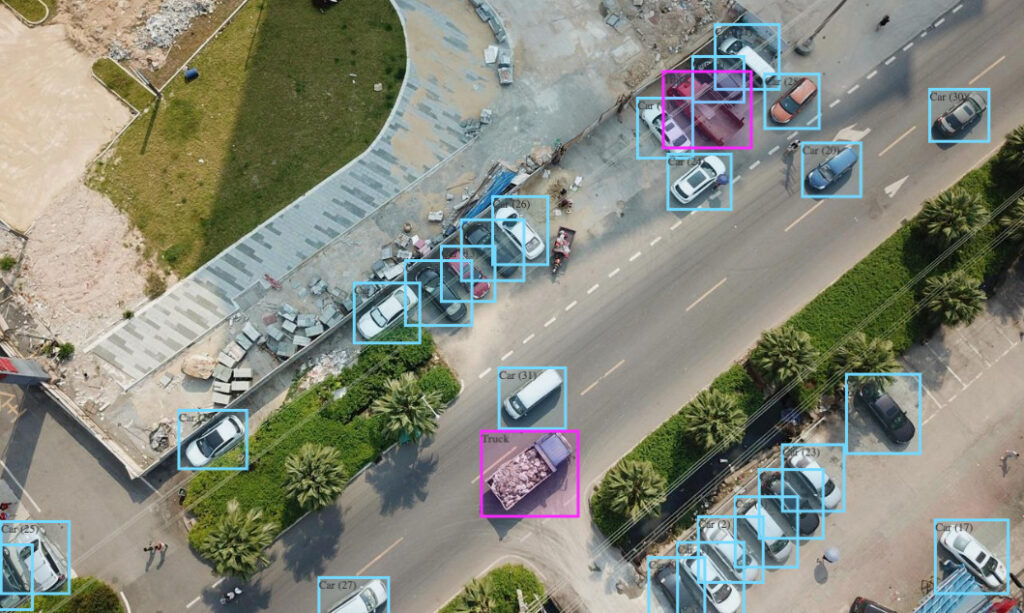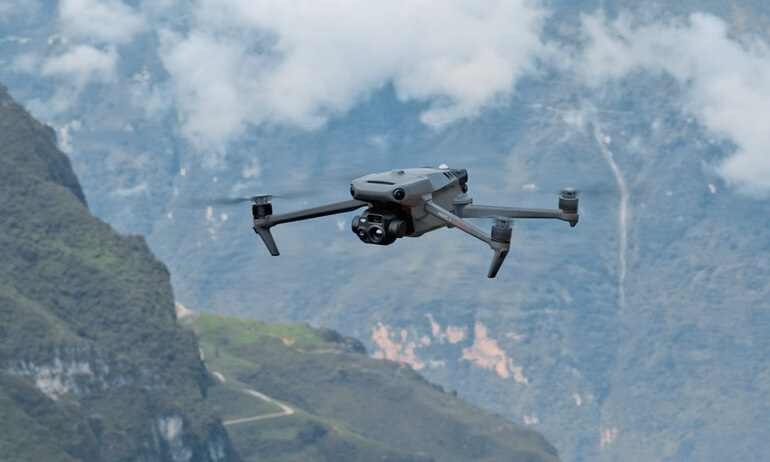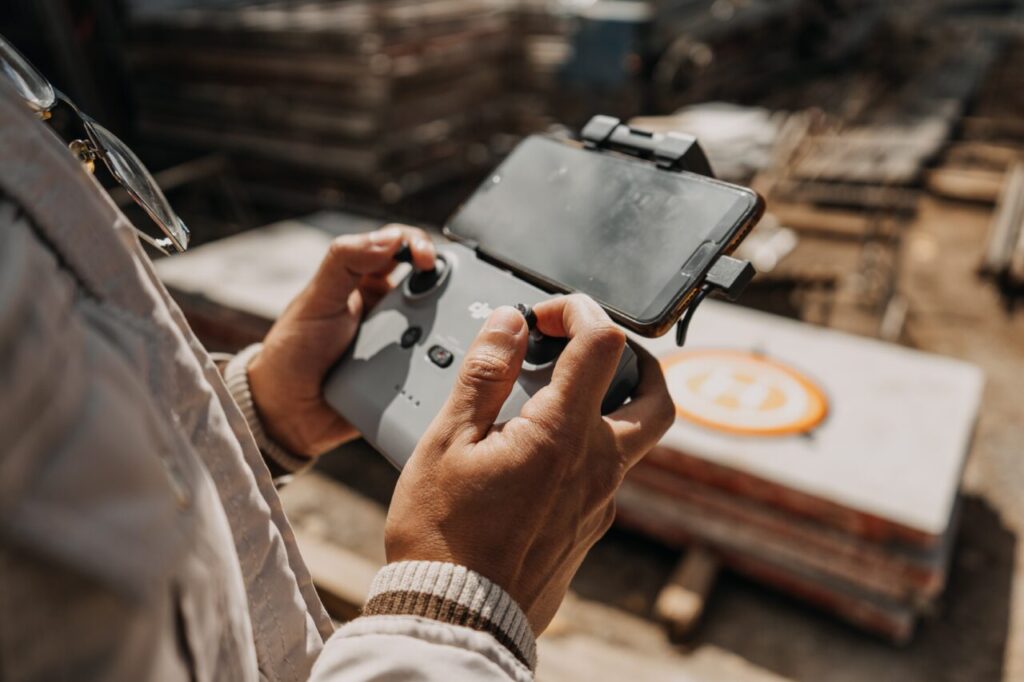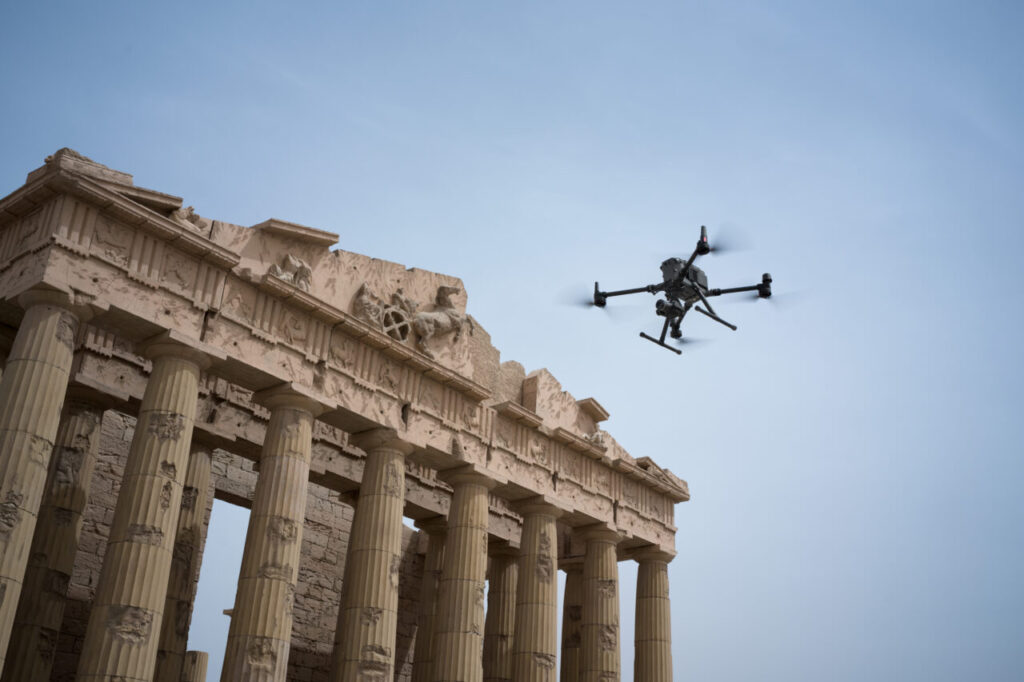In recent years, the world of technology has seen remarkable advancements in various fields, but one area that has truly taken off (both literally and figuratively) is the realm of unmanned aerial vehicles, commonly known as drones. Drones have evolved from simple remote-controlled toys to sophisticated pieces of machinery that serve diverse purposes, from recreational photography and videography to critical industrial applications. A driving force behind this transformation is the infusion of intelligent features in drones. In this blog, we will delve into the world of drones, highlighting the smart features that are revolutionizing the way we interact with and use these flying marvels.
The Drone Revolution
Before we delve into the smart features, it’s essential to understand the significance of drones in today’s world. Drones have soared to new heights, not only as a tech gadget but as a versatile tool with a range of applications. Let’s explore these applications and how smart features have transformed them:
| Application | Description |
|---|---|
| Agriculture | In the agriculture industry, drones equipped with multispectral cameras and advanced sensors provide farmers with vital data about crop health, helping them make informed decisions about irrigation, fertilization, and pest control |
| Search and Rescue | Drones equipped with thermal imaging cameras and AI algorithms are increasingly being used in search and rescue operations to locate missing persons in remote or challenging terrain. |
| Construction and Surveying | Drones are employed for surveying and mapping, streamlining construction projects. They can generate 3D models and topographical maps quickly and accurately. |
| Infrastructure Inspection | Drones play a critical role in inspecting infrastructure such as power lines, bridges, and pipelines, enabling professionals to assess and maintain these assets more efficiently. |
Features in Drones: The Game-Changers
GPS and Waypoint Navigation
Drones are now equipped with GPS technology, allowing them to maintain a stable position in the sky. Waypoint navigation allows you to pre-plan a route, and the drone will follow it precisely. This is a crucial feature for aerial photography and surveying.
Explanation: GPS technology in drones enables them to pinpoint their location with incredible accuracy, which is vital for tasks like aerial mapping and surveying. Waypoint navigation is like setting a GPS route for your drone, and it can be immensely useful in scenarios where precise, repeatable flight paths are required, such as creating detailed maps or monitoring large agricultural fields.
Obstacle Avoidance
Smart drones are designed to detect and avoid obstacles in their flight path. Using sensors, they can navigate around trees, buildings, and other objects, making them safer and easier to fly, even for beginners.
Explanation: Obstacle avoidance is a key safety feature in drones, preventing accidents and collisions. It works by using a combination of sensors like ultrasonic, LiDAR, or infrared to detect obstacles and alter the drone’s flight path accordingly. This technology makes it possible to confidently fly drones in complex environments and capture close-up shots without fear of crashes.
Follow-Me Mode
This feature is a boon for action sports enthusiasts and vloggers. Drones can lock onto a subject and follow them, maintaining a consistent distance, and capturing the action from an aerial perspective.
Explanation: Follow-Me mode enhances the creative possibilities for drone users. It allows the drone to autonomously track and follow a moving subject, whether it’s a cyclist, hiker, or a friend skiing down a mountain. The drone stays focused on the subject, capturing dynamic shots while the pilot is free to engage in the activity.
Return-to-Home Function
Smart drones are programmed to return to their take-off point automatically if they lose connection with the remote control or if the battery is running low. This prevents them from getting lost or crashing.
Explanation: The Return-to-Home feature is a fail-safe mechanism that ensures you don’t lose your drone. If the drone’s signal with the remote control is lost or if it detects a critically low battery, it will automatically initiate a safe return to its take-off point. This is especially useful for beginners or when flying in unfamiliar areas.
FVP (First-Person View) Mode
FPV goggles or screens allow the pilot to see what the drone’s camera sees in real-time, providing an immersive flying experience.
Explanation: FPV mode offers a truly immersive flying experience. Pilots can see through the drone’s camera in real-time, feeling as though they are actually in the cockpit of the drone. This not only adds a sense of excitement but also enhances the precision of flight, making it popular among drone racing and acrobatics enthusiasts.
Gesture Control
Some drones come with gesture control features, enabling users to control the drone’s movements simply by waving their hand or making specific gestures. This is not only fun but also practical for capturing selfies and videos.
Explanation: Gesture control simplifies the interaction between the drone and the pilot. By recognizing hand gestures, drones can perform various commands, such as taking off, landing, or capturing photos and videos. It’s not only a cool and interactive feature but also incredibly useful in situations where a remote controller isn’t readily available.
Object Tracking

Drones equipped with object tracking technology can lock onto and follow a designated subject, keeping it in the frame while in motion. This is ideal for capturing dynamic shots.
Explanation: Object tracking enhances the capabilities of drones for capturing dynamic subjects. Once a subject is selected, the drone uses its sensors and AI algorithms to maintain focus on that subject, allowing for the effortless capture of exciting, action-packed shots.
Smart Battery Management
Drones are now fitted with smart battery systems that not only provide real-time information about the battery’s status but also optimize flight time by returning to the base when power is low.
Explanation: Smart battery management is a critical feature for drone safety and efficiency. These batteries provide real-time data on their charge levels, ensuring the pilot is aware of how much flight time remains. When the battery is critically low, the drone will automatically return to its take-off point to prevent unexpected crashes and loss of the drone.
Geo-Fencing
This feature creates virtual boundaries in the drone’s software, preventing it from flying into restricted areas like airports or private properties. It’s an important safety feature.
Explanation: Geo-fencing is a regulatory and safety feature that uses GPS coordinates to create virtual boundaries. These boundaries can be set to restrict the drone from entering areas where it’s not allowed, such as near airports, military bases, or private properties. This helps drone operators comply with local laws and avoid potential conflicts.
Autonomous Flight
Advanced drones can perform complex tasks autonomously, such as mapping a field, inspecting power lines, or even flying pre-defined inspection routes in industrial settings.
Explanation: Autonomous flight capabilities are at the forefront of drone technology. Drones equipped with this feature can execute complex missions without direct pilot control. This is especially valuable for industries like agriculture, where drones can autonomously survey and map fields, or for infrastructure inspection, where they can
Conclusion
In conclusion, smart features in drones have not only elevated our experiences with these flying devices but have also opened doors to a world of innovative applications. Whether you’re a hobbyist, a professional, or an industry expert, these intelligent features have made drones safer, more capable, and more accessible than ever before. As technology continues to advance, the sky is not the limit; it’s a boundless playground of possibilities, waiting to be explored with the assistance of these remarkable smart drones.
References




